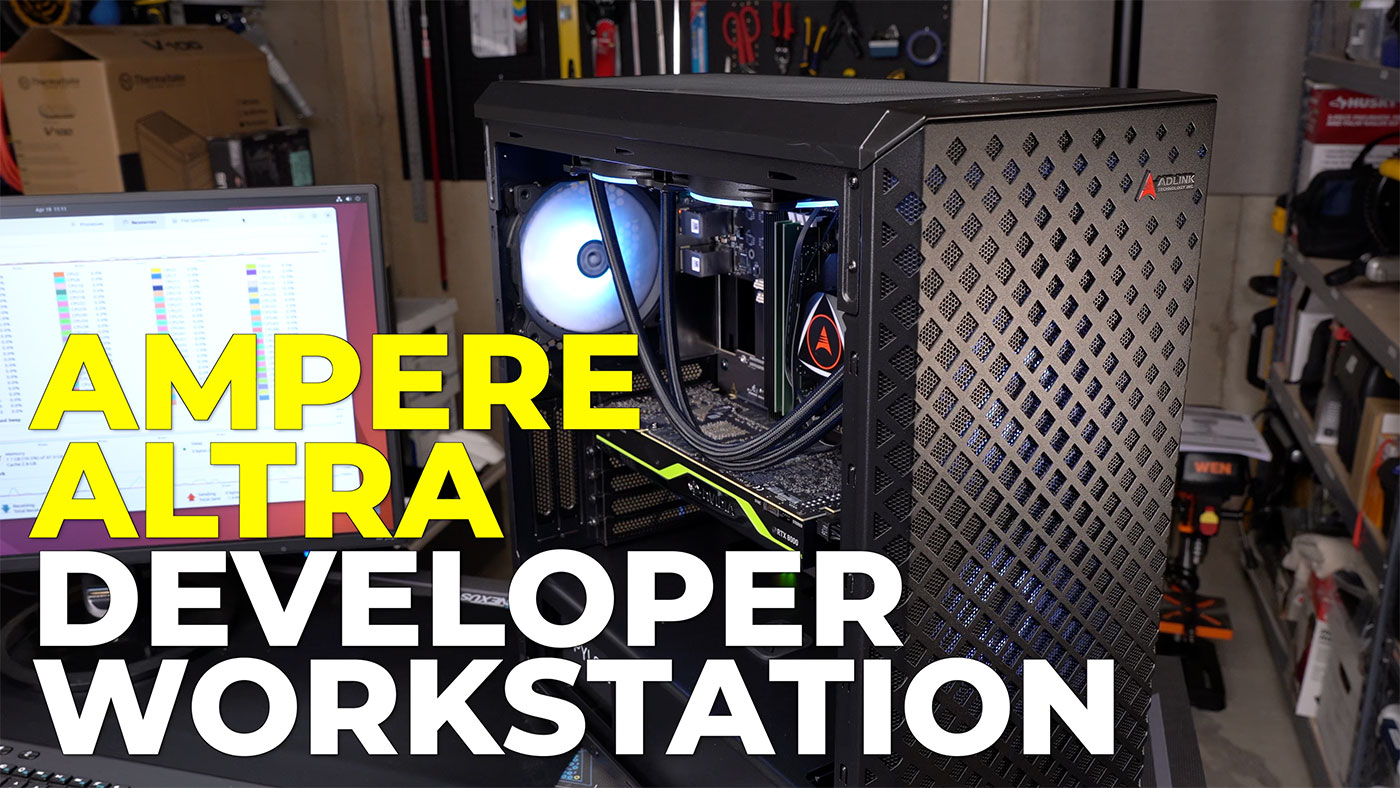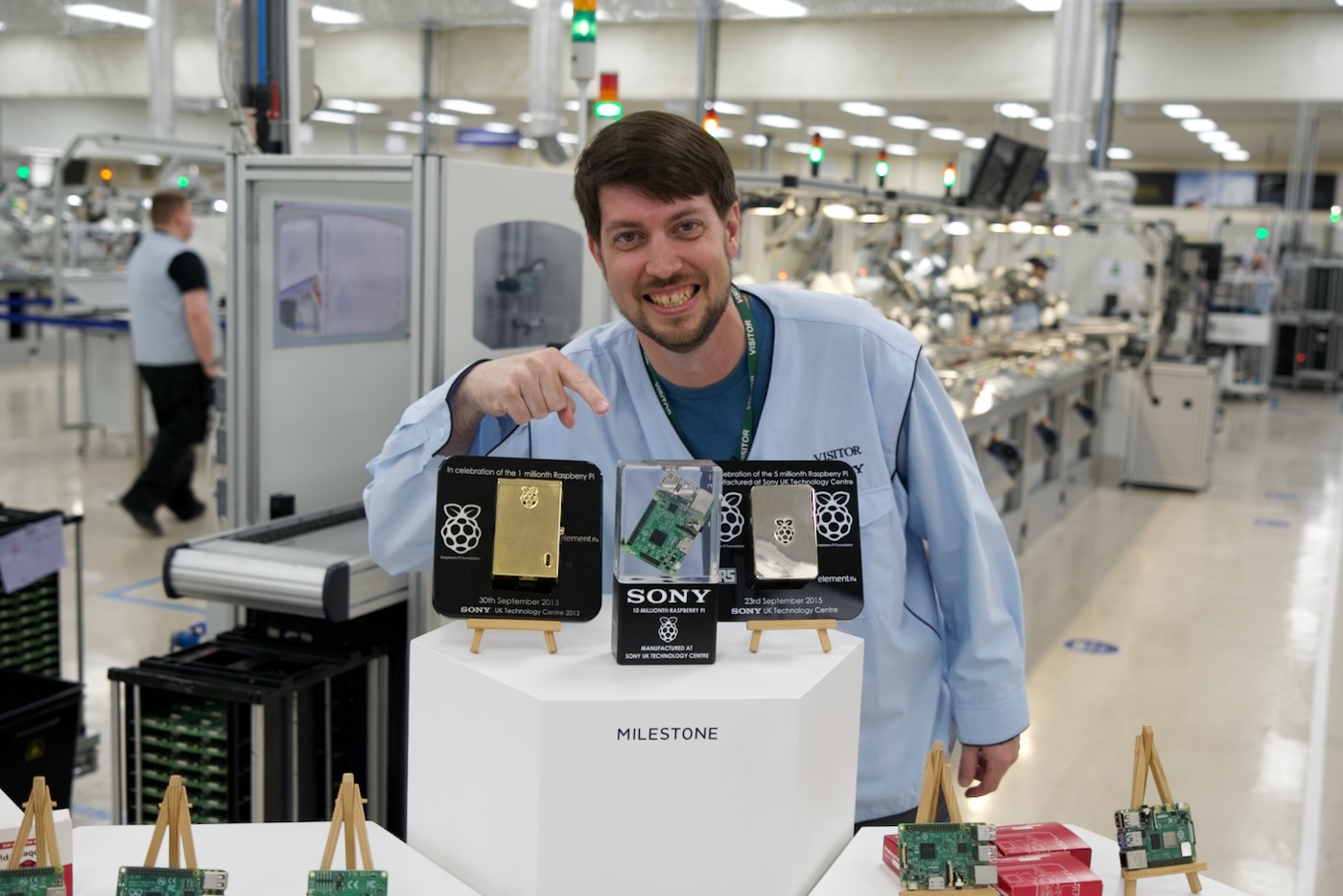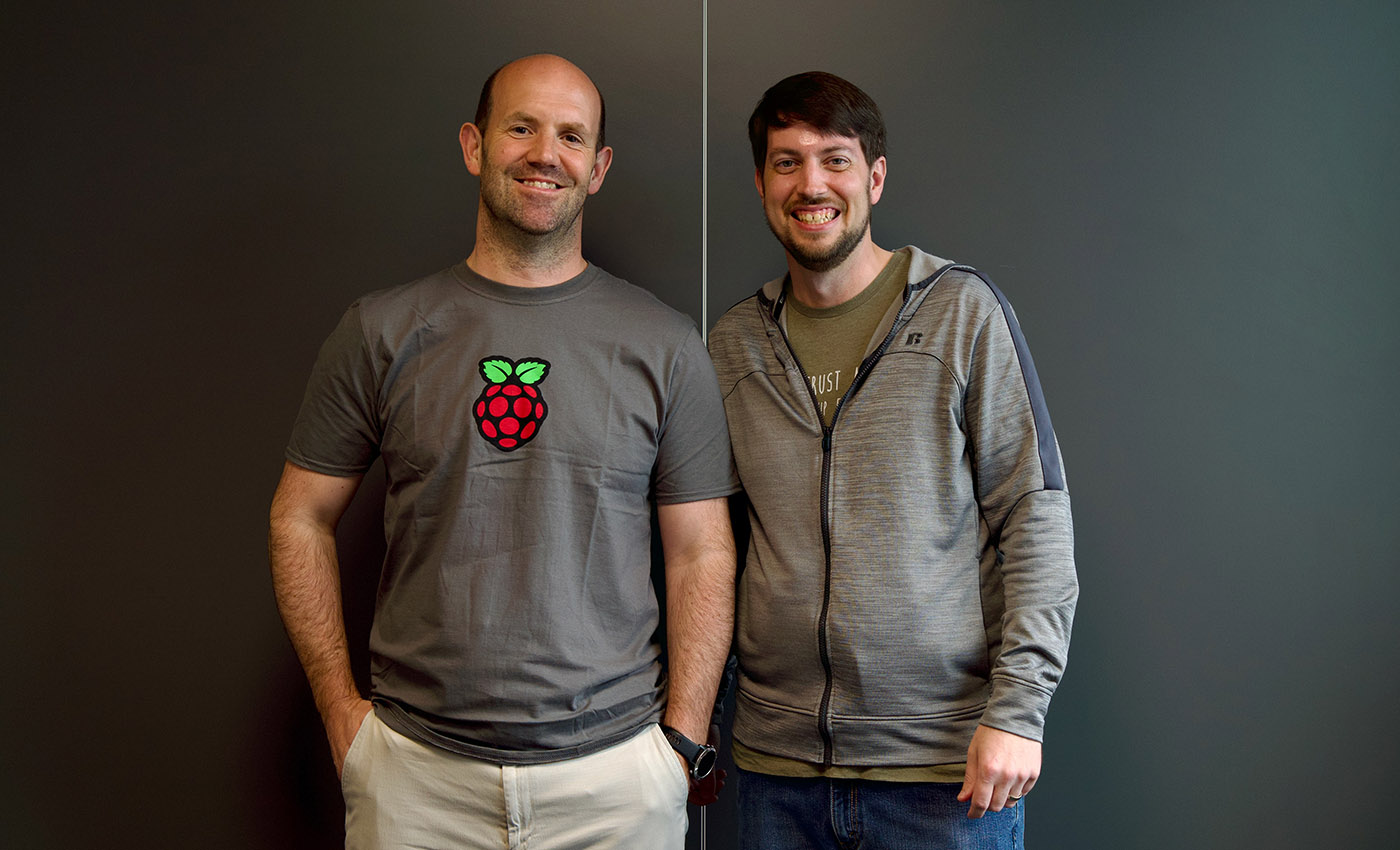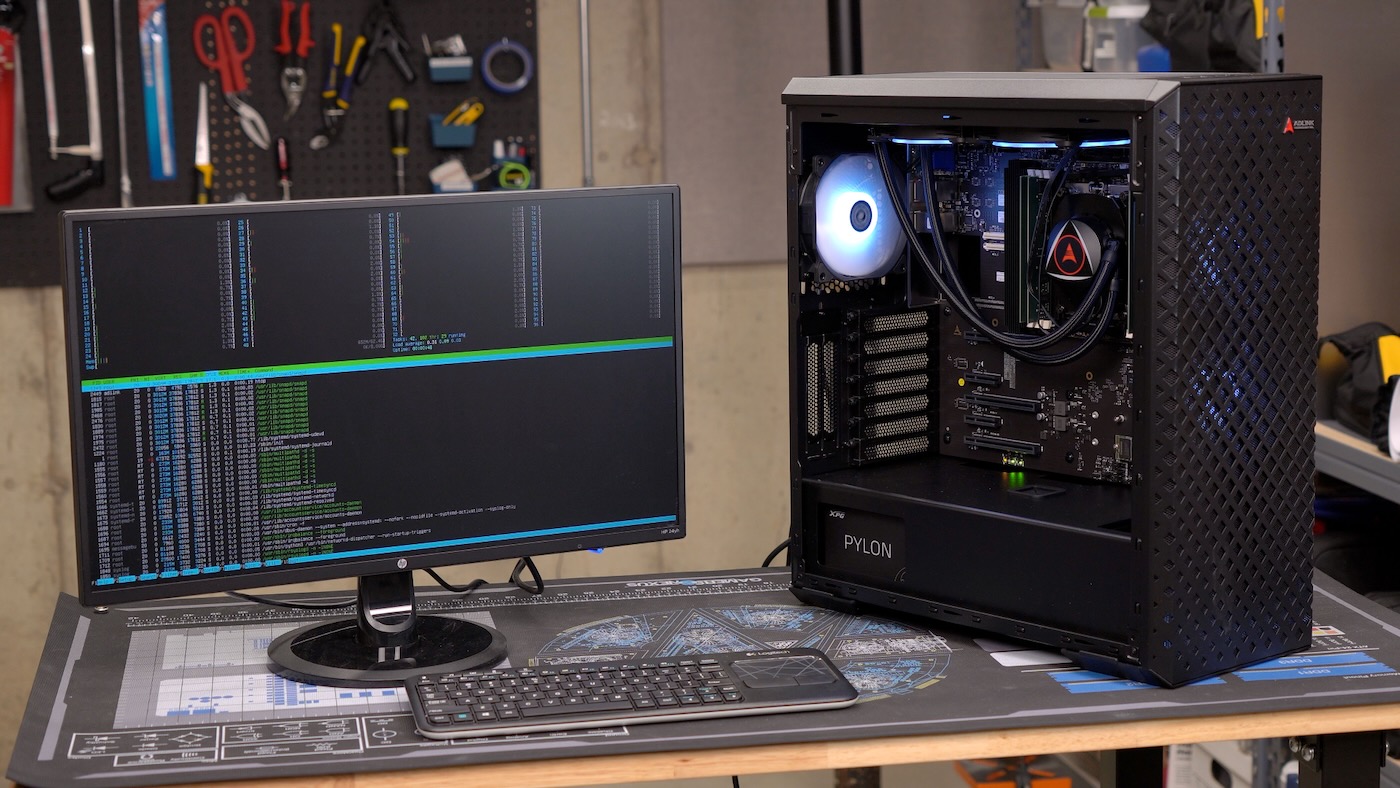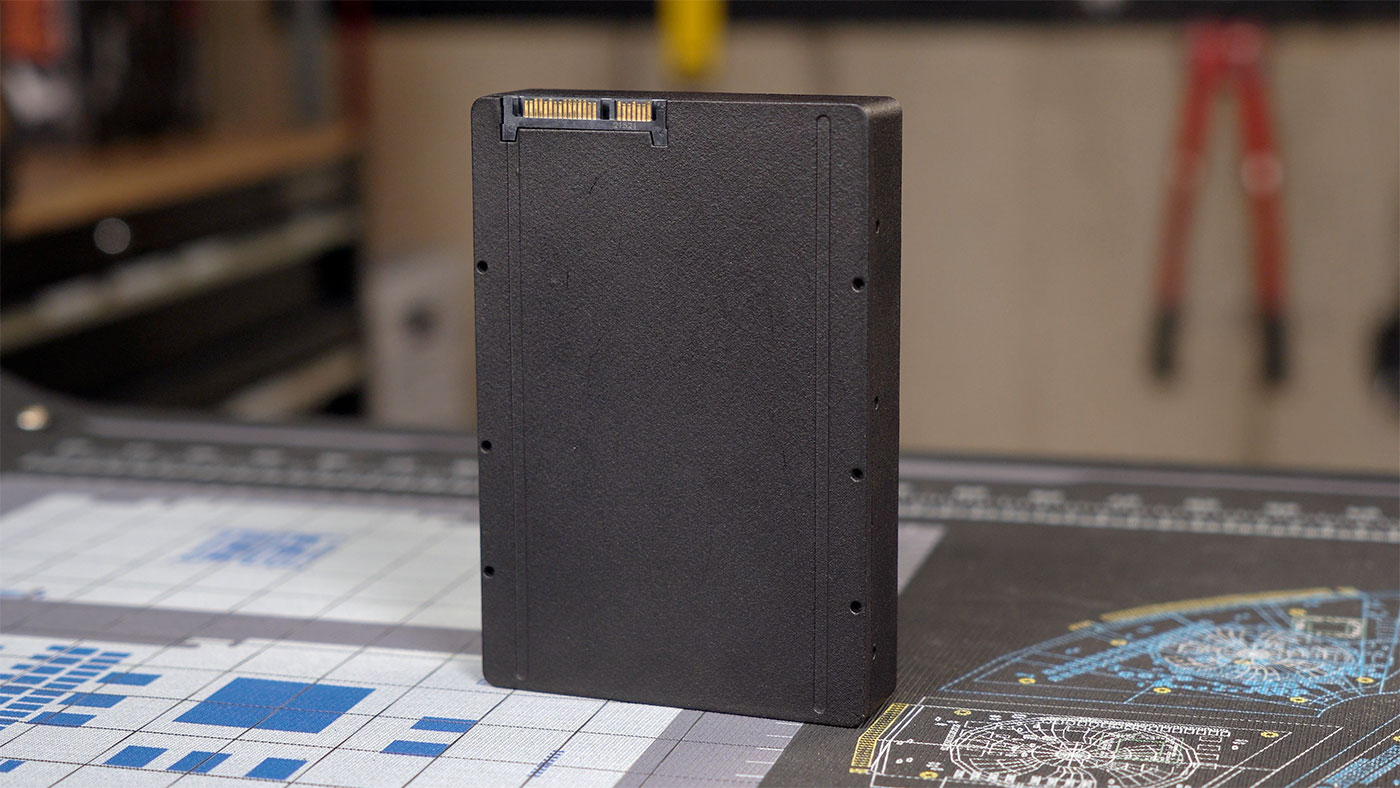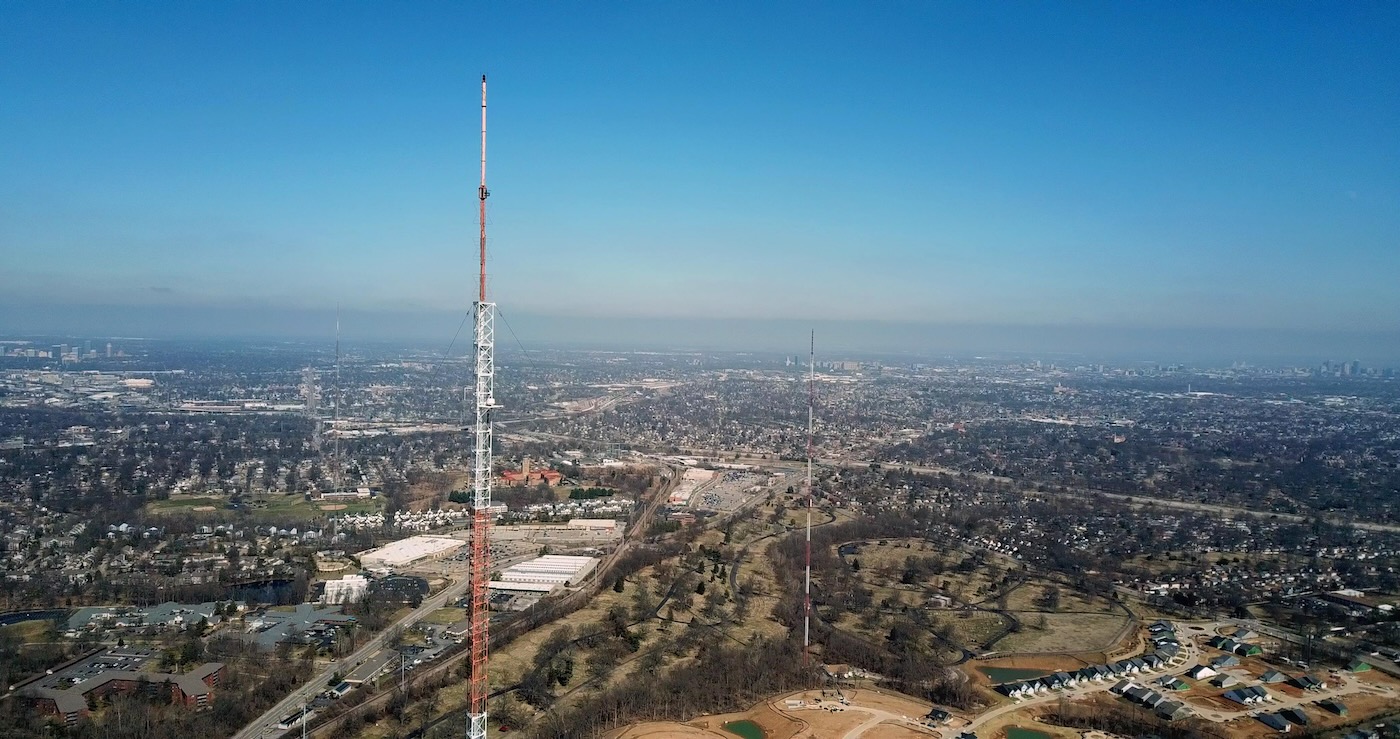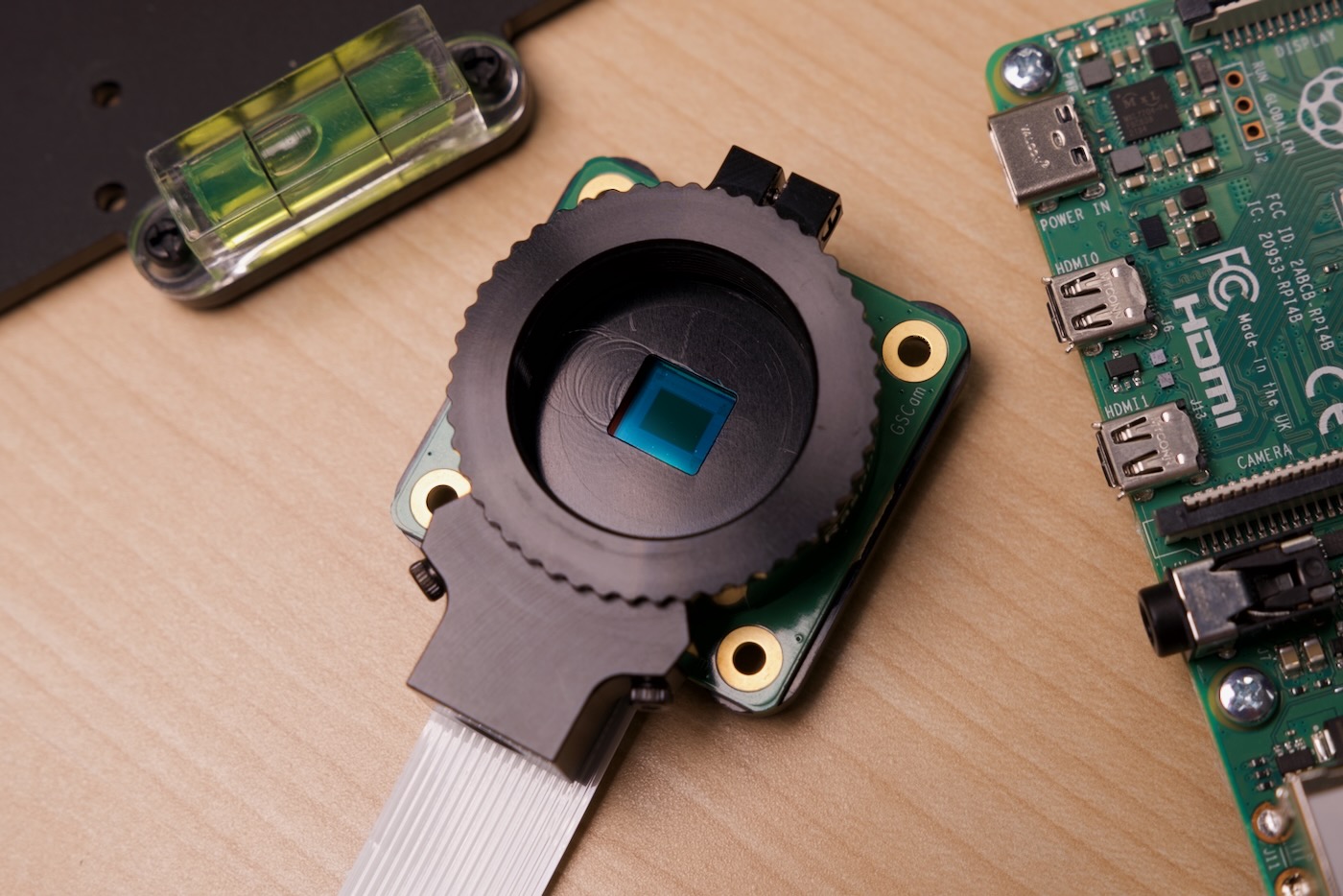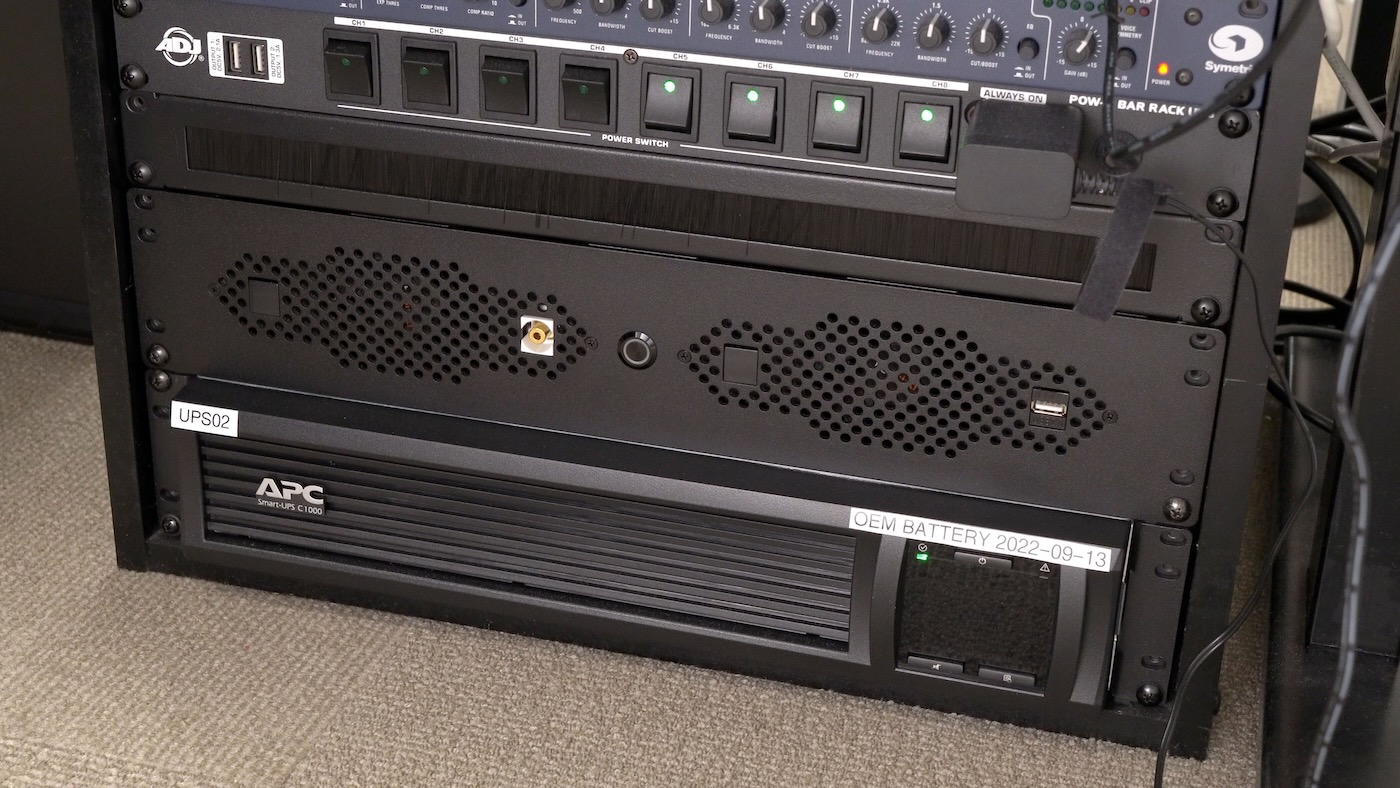Time Card mini adds Pi, GPS, and OCXO to your PC
For LTX 2023, I built this:
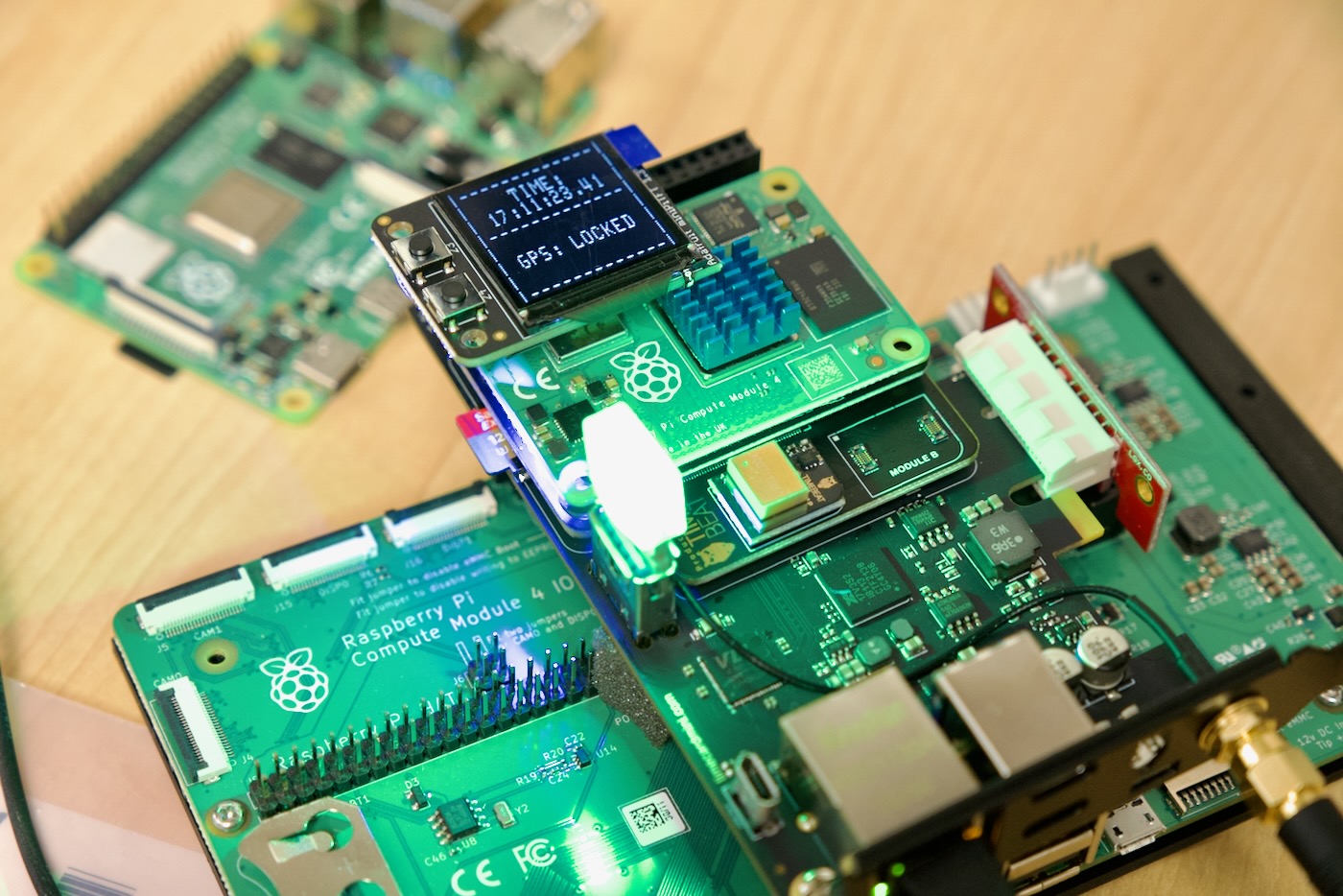
This build centers around the Time Card mini. Typically you'd install this PCI Express card inside another computer, but in my case, I just wanted to power the board in a semi-portable way, and so I plugged it into a CM4 IO Board.
The Time Card mini is a PCIe-based carrier board for the Raspberry Pi Compute Module 4, and by itself, it allows you to install a CM4 into a PC, and access the CM4's serial console via PCIe.
But the real power comes in 'sandwich' boards:
